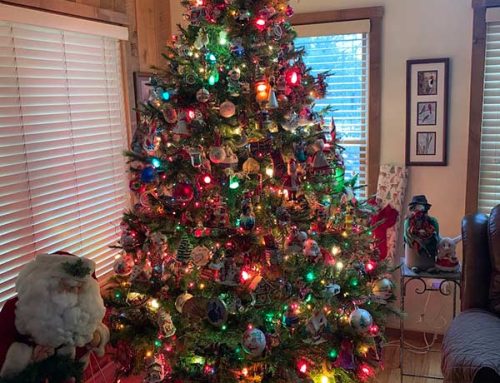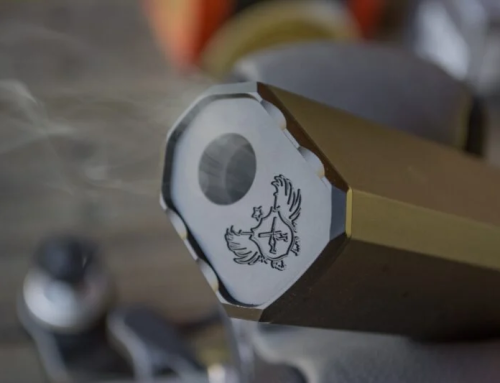
What else would my official tour guides be wearing other than Danner Mountain Cascade boots? You’ll see these in the new Reese Witherspoon movie, Wild, hitting theaters December 5th.
Few things are more personal than boots.
Perhaps the deep emotional attachment stems from the fact that feet are our primary attachment to Mother Earth, barring any unintended face plants from overindulgence or clumsiness. Or maybe it’s a result of the activities we do in our boots: work, hike, hunt, shoot, walk, run, sleep (sometimes) and who knows what else.
In any case, plenty of us have a love / hate relationship with our footwear. I hate shoes, but I love boots. My feet just aren’t comfortable in anything else. Some people laugh at me because I wear my Danner Tanicus boots almost all the time. They think I’m trying to be all G.I. Joe, but the real reason is that it feels good to wear those giant pillows on my feet – I don’t care if I am wearing shorts or a suit.

A small sampling of some of the stitch down styles made at the Danner Portland, OR facility.
My boot fetish led me to seize the opportunity to tour the Danner boot factory in Portland, Oregon a few weeks back. One of my favorite parts of this job is touring factories, seeing how products are made and meeting the people who make them. Danner didn’t let me down. Who knew that the process of making footwear could be so darn interesting? Seeing all that goes into the making of my boots also explained why a great pair can cost a few hundred bucks – and be well worth the money.
We’ll focus on the classic stitch down styles that are generally made right here in the US of A. Why stitch down? Because those fancy leather upper sections that you work so hard to break in just right can be reattached to new soles when you wear those out. They also provide a more durable and stable platform on which to walk. We’ll talk more about that later.
Let’s walk through the manufacturing process. Ha! See what I did there?
Call in the cows
Come on, we can’t talk about a classic boot that’s not made of leather, right? When I toured the Galco Gunleather factory, I was blown away by the amount of leather they use. Now I’m not so sure who uses more quality hides.
Each and every half-cow is hand inspected and areas with blemishes or other irregularities are marked so they aren’t used as a boot upper. Cosmetics are important, but you really don’t want a weak spot in the leather to be used in your boot. Testing is done on each hide to grade thickness, tensile strength and adhesion of any colorings or coatings.








[…] picked up this pair of classic Danner hiking boots after touring the Danner factory back on November. Seeing the handcrafting process in detail gave me a major itch to try out a […]